A rare South Korea-US missile test is meant to show they can strike back after a flurry of North Korean missile tests
North Korea test-launched a flurry of missiles during the first half of 2022.
The US and South Korea did a joint missile test in June to show they could respond to "provocations."
The joint test reflects South Korea's ongoing efforts to invest and expand its missile arsenal.
In June, US and South Korean forces fired eight missiles into the Sea of Japan in a coordinated show of strength.
The launches — a response to North Korea's firing of eight short-range ballistic missiles into the same waters a day earlier — "demonstrated the capability and posture to launch immediate precision strikes on the origins of provocations, even if North Korea launches missiles from various locations," South Korea's Joint Chiefs of Staff said.
They were just the latest in a flurry of missile tests around the Korean Peninsula. North Korea has launched over two dozen missiles since January, putting it on pace for what could be "the busiest year of missile-testing in North Korean history," according to Ankit Panda, a weapons expert at the Carnegie Endowment for International Peace.
The US-South Korean response was a first for new South Korean President Yoon Seok-youl, and reflects the increased importance Seoul is putting on its SRBM arsenal as well as its desire to increase those capabilities after restrictions on them were lifted last year.
Launch and response
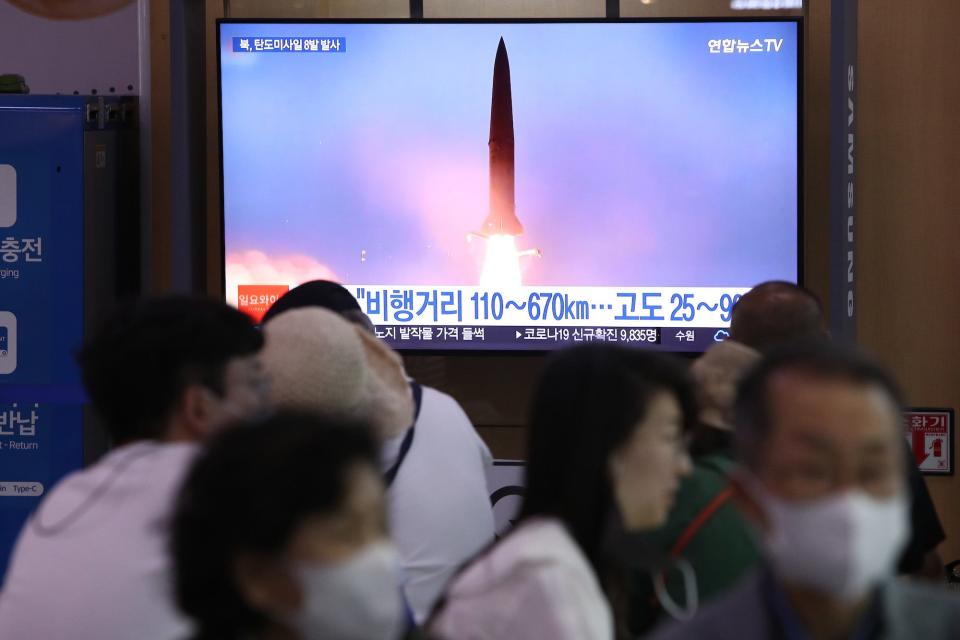
The eight SRBMs that North Korea launched on June 5 represented the most test-launches that Pyongyang has ever conducted in a single day.
The missiles, believed to be a combination of KN-23s, KN-24s, and KN-24s, were launched from four locations within a 35-minute period. They traveled between 68 miles and 416 miles and reached altitudes of 15 miles to 55 miles.
Japanese Defense Minister Nobuo Kishi called the barrage "unprecedented" and said at least one missile flew on an irregular trajectory, possibly indicating that it was designed to evade anti-missile defenses.
Previous North Korean launches into the Sea of Japan were seen as messages that US bases across South Korea and as far away as Japan were well within range of Pyongyang's arsenal.
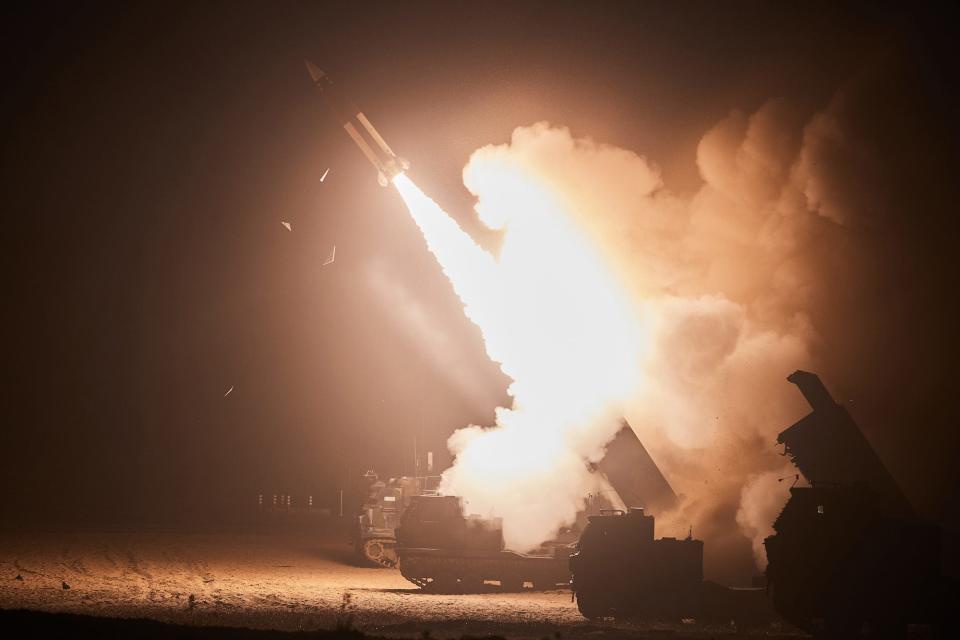
Less than 24 hours after the North Korean tests, US Forces Korea and the South Korean military fired eight MGM-140 Army Tactical Missile System ballistic missiles from M270 Multiple Launch Rocket Systems into the Sea of Japan over a 10-minute period.
ATACMS missiles have a maximum range of nearly 200 miles. Firing those missiles rather than something like South Korea's larger, longer-range Hyunmoo SRBMs has led some to believe that the US and South Korea had limited ambitions for their demonstration.
"My guess is this was not a very serious show of force," Bruce Bennett, a senior defense analyst at the RAND Corporation think tank, told Insider.
"This was a case where we didn't want to spend a whole lot of money, so we fired a missile that could be called a missile but we didn't choose to fire a missile that was more capable that South Korea certainly has," Bennett said.
A developing arsenal

South Korea has its own large and advanced arsenal of cruise and short-range ballistic missiles. That arsenal has a central role in two of South Korea's three main strategic defense strategies: the "Kill Chain" and the "Korea Massive Punishment and Retaliation."
Kill Chain refers to a plan for preemptive strikes on North Korea's missile arsenal, long-range artillery, and nuclear weapons. The KMPR is a decapitation strategy involving precision missile strikes against North Korean leadership.
While South Korea has long had cruise missiles with ranges up to almost 1,000 miles, its SRBMs were limited by guidelines put in place by the US and South Korean governments in 1979.
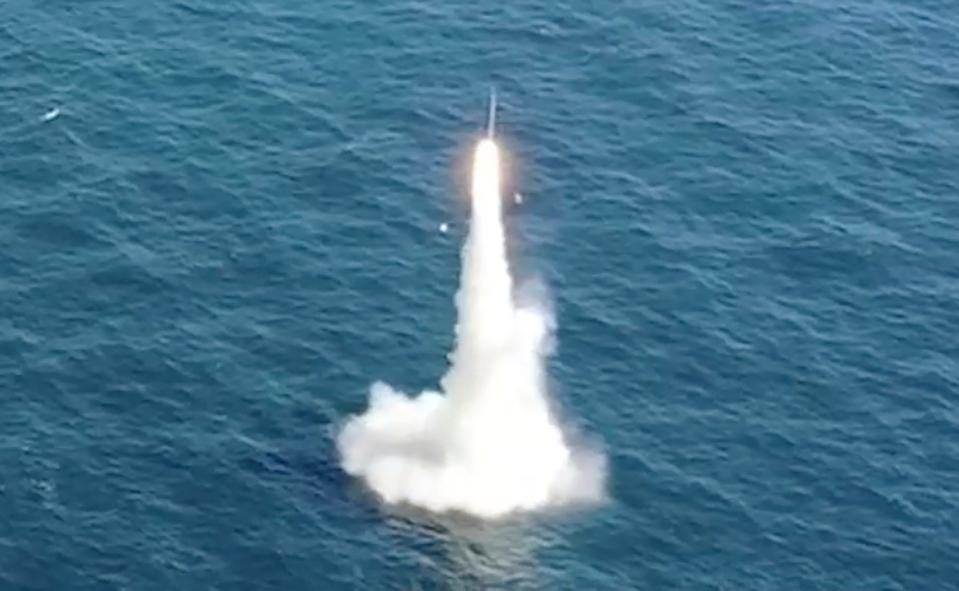
The guidelines restricted South Korea's SRBM range to just over 100 miles and limited their payload to 1,100 pounds. As the North Korean threat to South Korea evolved, the guidelines evolved to allow larger, longer-range missiles. The restrictions were scrapped entirely in 2021.
Seoul was working hard to introduce new missiles even before the restrictions were lifted. Its newest SRBM, the Hyunmoo-4, can reportedly carry a 4,400-pound warhead up to 500 miles. Last year, South Korea's navy successfully tested the Hyunmoo 4-4 submarine-launched ballistic missile, a variant of the Hyunmoo-2B, which has a range of up to 500 miles.
South Korean officials have already said they will make larger missiles with longer ranges, and Seoul's recent success in launching satellites into orbit shows it is likely capable of doing.
Increased deterrence
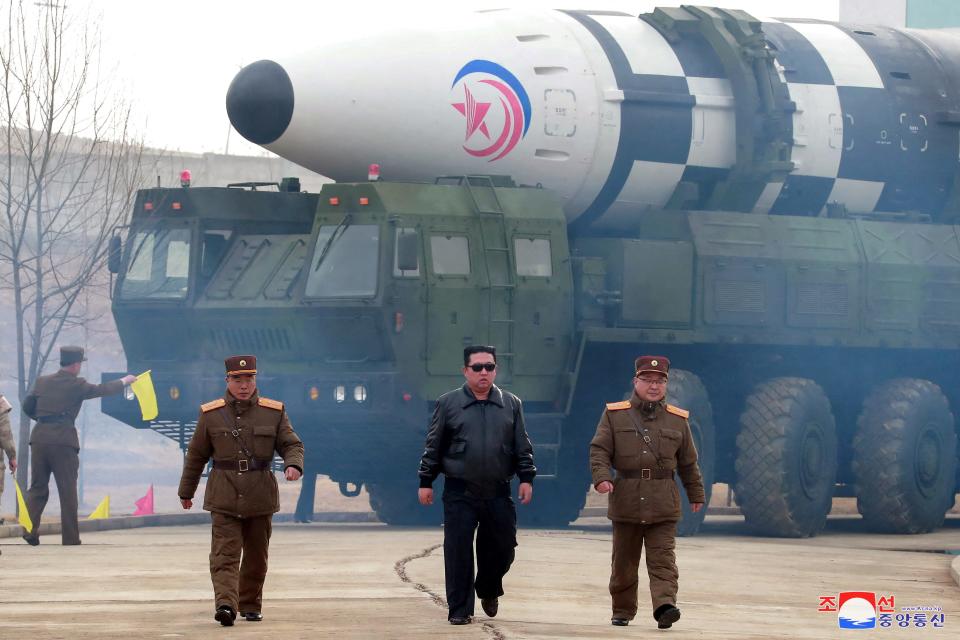
With the restrictions lifted, South Korea will be able to fire SRBMs from as far away as Busan and Jeju Island, an important capability given the role SRBMs will likely have in targeting hardened bunkers in North Korea as part of the KMPR strategy.
With longer-range missiles, Seoul will also be in a better position to deter other threats, the most likely of which comes from China. Though China and South Korea have a close economic relationship, South Korean perceptions of China have rapidly deteriorated, due in large part to Beijing's support for Pyongyang and its aggressive diplomacy toward South Korea.
South Korea's Yoon has taken a harder stance on China than his predecessor and has already indicated a preference for less deferential relations with China. Yoon has also advocated more South Korean involvement in the region and around the world.
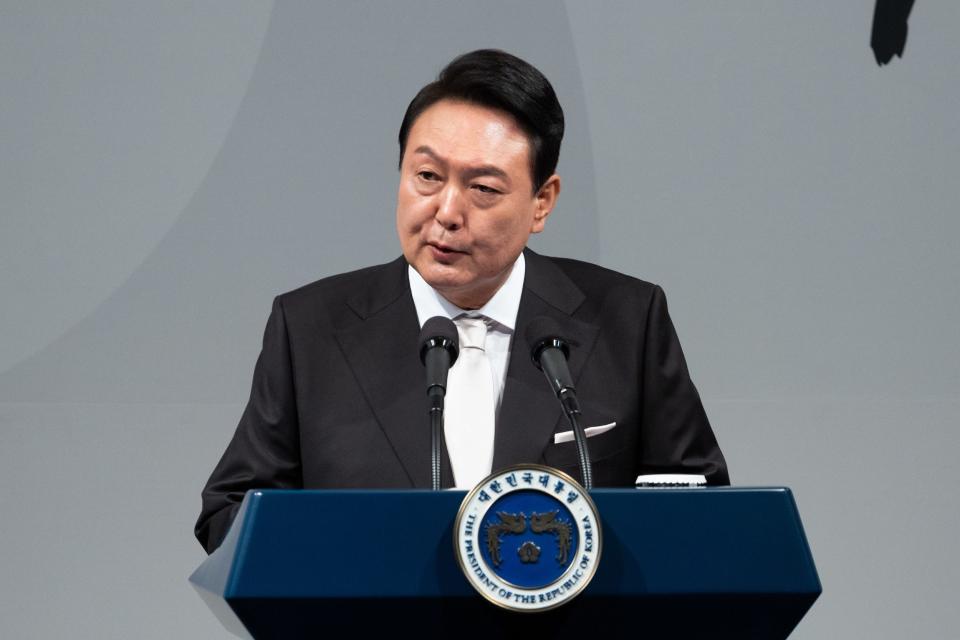
"Yoon is going to be much more careful managing that [relationship with China] in the future and probably wants to have capabilities that will go beyond 800 kilometers and allow South Korea to become a middle power on its way to an upper power," Bennett said. "I think South Koreans very much want that."
Recent polls show South Koreans broadly support developing nuclear weapons. The government shows no signs of pursuing them, but more capable SRBMs would allow it to establish its own effective nuclear deterrent more quickly if it decides to do so.
"In order to field a nuclear capability meaningfully, they have to have nuclear weapons and a delivery means," Bennet said, adding that Seoul already has the means to deliver nuclear weapons "at least as far as North Korea is concerned."
Read the original article on Business Insider
